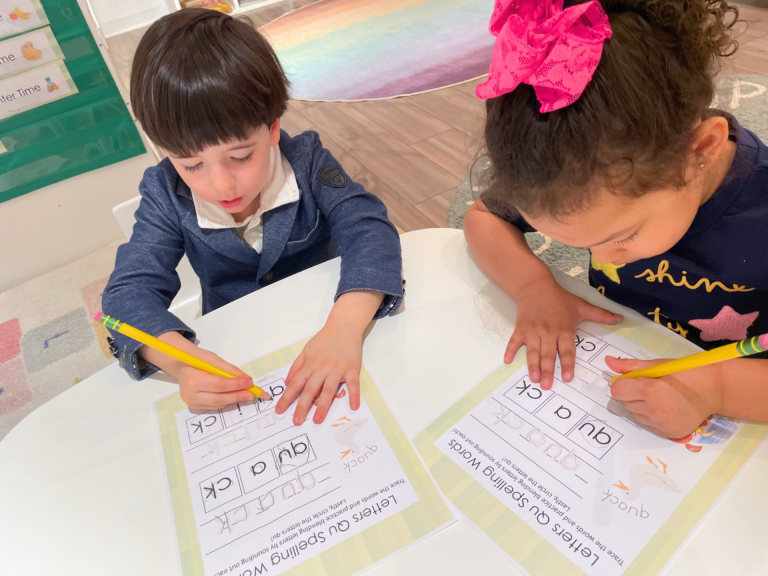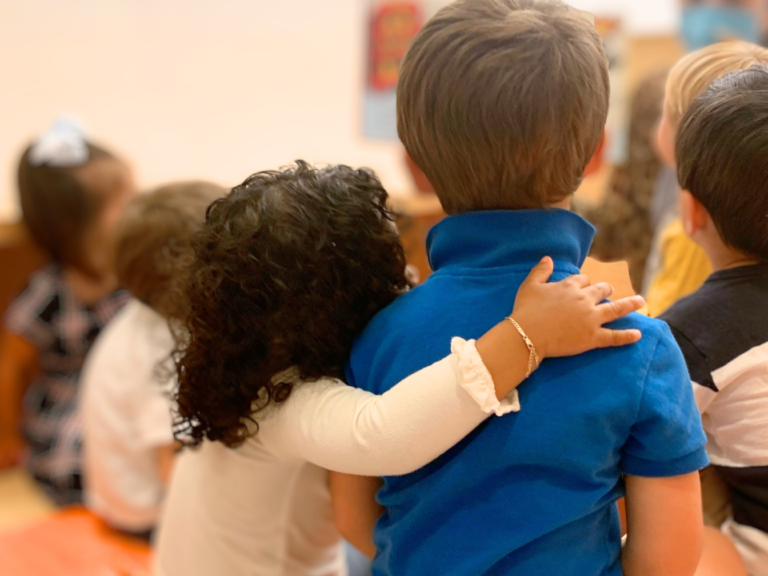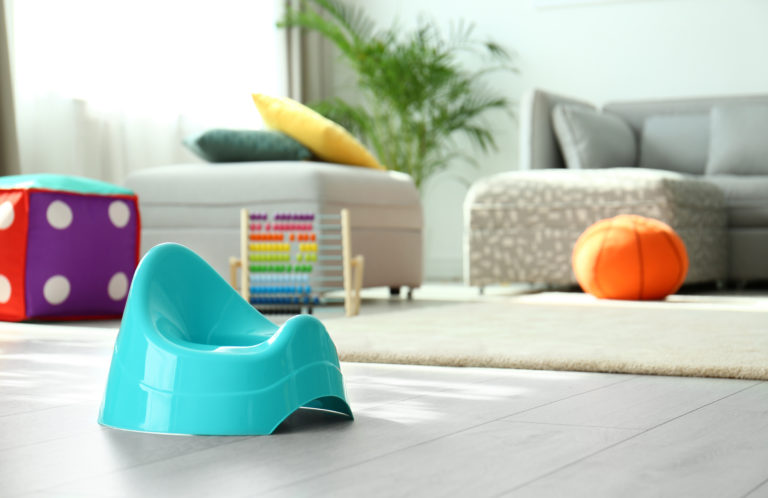Different Types of Learners – Online Preschool Can Help!
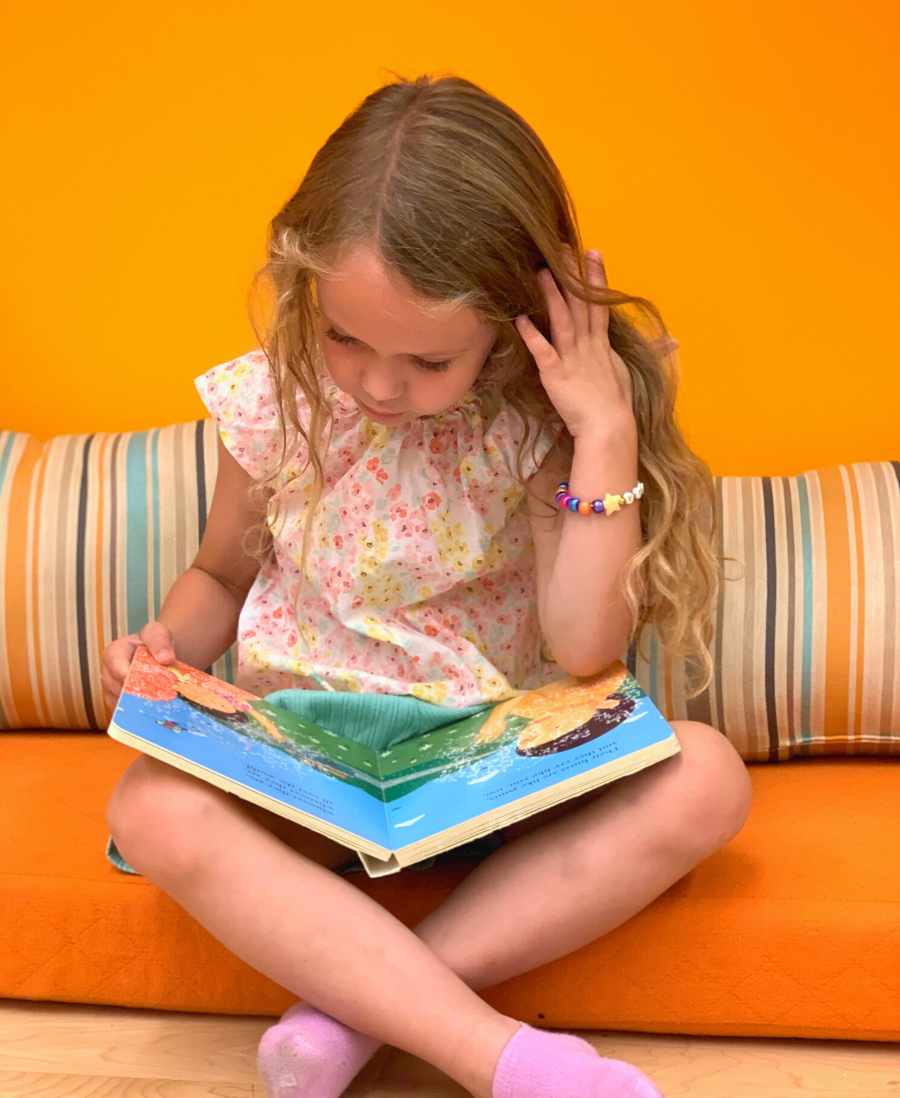
Did you know that there are eight different types of learning styles? Did you also know there are primary learning styles and secondary learning styles? As a parent, have you ever noticed your child preferring to do a particular activity, having strong likes and dislikes, or having a specific habit? This most likely is a result of the type of learner they are. We are here to help break down the different types of learners for you and how this knowledge can help in their early childhood education.
Why is it important to understand your child’s learning style?
Every child is special and unique in their own way. Knowing and understanding your child’s learning style will help you guide them in early childhood education and throughout life. It will give you an insight into how to approach online preschool schoolwork and help your little one succeed. When a child is a part of an early childhood education environment that celebrates their uniqueness and can adapt to their learning style, they are more likely to retain the information, apply it in a real-life setting, and make lasting connections within their brain. Once a caregiver is aware of the type of learner their child is, then learning can be fun, easy, and exciting! This is especially important when enrolling your child in an online preschool, since it will be up to the caregiver present during their online preschool lessons to help set the little one up for success.
Different learning styles and early childhood educational methods that are beneficial to each style:
Visual or spatial learners:
Visual/spatial learners prefer to read or see instructions rather than hear them. These learners will frequently ask you to show them what you are telling them. This is because their brains process and retain information when they see it. These learners also love visual games and activities, and tend to express themselves in writing. Younger children particularly love to draw and explain stories through drawings. A classroom or home setting with all types of depictions, labels, and materials to aid them in writing or drawing is best for this learner. During Online Preschool, you can set up a workspace with visual guides to help your little learner in their early childhood education.
Aural or auditory learners:
Aural/auditory learners understand best by hearing and listening to instructions. These learners will ask you to tell them things rather than show them. Their brains process and retain information better when they listen. These learners enjoy talking about learning experiences, often repeat verbal information out loud, and remember facts once they repeat it. These learners often create songs or rhymes to help them retain information. An early childhood education classroom or home setting with no (or very little) audio distractions during tasks, lots of verbal cues, lots of storytelling, and lots of verbal instructions is best for this type of learner. You might find that your little one will need headphones, or to be set up in a quiet/non-distracting room during their online preschool classes.
Kinesthetic or tactile learners:
Kinesthetic/tactile learners need to physically do something or move during an activity to fully understand what is being explained. These learners have a difficult time during traditional sit-down learning sessions. These learners often do best when they are given multi-sensory learning experiences — this teaching method involves using more than one of the senses at a time. Multi-sensory learning experiences help these learners process and retain information better. To put something in memory, these learners must be physically moving while the information is being verbally explained or shown. A classroom or home setting that allows short breaks between early childhood education activities, allows children to participate in hands-on activities (such as science experiments and cooking), and allows children to stand or move while receiving verbal or visual instructions is best for this type of learner. At Playgarden Online, you can have your child participate in a live class in engaging subjects like Music and Movement in between their online preschool lessons.
Verbal learner or linguistic learner:
Verbal/linguistic learners are like auditory learners because they learn best when things are verbally explained. They differ because verbal learners find it easy to express themselves both in writing and verbally. They learn best through expressing words, rather than just hearing like auditory learners. Verbal learners’ brains process and retain information when they read, write, listen, and speak. A classroom or home setting that gives ample opportunities to learn from spoken words, instructional videos with step-by-step instructions while learning about a new skill, worksheets, and lots of books to explore is best for this type of learner. Playgarden Online’s Online Preschool Plan might be the best plan for your little learner, as you will receive home delivery of early childhood education workbooks, plus daily book readings and storytime sessions!
Logical learner or analytical learner
Logical/ analytical learners use order, steps, and logic when acquiring new information. They are the learners that will always ask questions. This is because their brains process and retain information better through examining facts and details. These learners have a systematic learning approach; they appreciate step-by-step orderly explanations. When learning new notions or instructions, they first must analyze and understand small details before they can understand the whole concept. A classroom or home setting beneficial to these learners is one with routine and structure that sequentially presents new information with logic, as well as one that creates checklists. Download Playgarden Prep’s Daily Checklist for Online Preschool HERE!
Natural learner or nature learner
Natural/nature learners are drawn to working with nature and natural materials. Natural learners are like kinesthetic learners since they love to hold and touch things. They differ because natural learners like to integrate and investigate their natural environments. They are the learners who thrive with science experiments such as planting a seed or comparing collected leaves. They prefer to learn with materials connected to nature, such as wooden materials or rocks. A classroom or home beneficial to these learners allows opportunities to experience their natural surroundings, one that contains time to explore, and tools designed to help explore their environments, such as magnifying glasses or telescopes, are best for this type of learner. Be sure to set them up with all of the materials they need for hands-on learning during their online preschool lessons! You can find lots of fun kinesthetic activities great for early childhood education in Playgarden Prep’s DIY area.
Social learner or linguistic learner
Social/linguistic learners learn best through being with others, whether it’s verbal or nonverbal interaction. These learners love to be around people. They love group work and flourish in social interactions. This learning style is considered a secondary learning style because these learners retain information in teams or groups depending on their primary learning style. There is also a correlation that social learners tend to connect with people with the same primary learning style. These learners enjoy comparing ideas with others to form new ideas. They learn best through their interactions with others in both speaking and listening. A classroom or home setting beneficial to these learners incorporates group work, partnerships that include using/sharing materials, and one that promotes conversations with others. Join Playgarden’s Online Preschool plan to join a Playdate with Miss Gabby, or to sing along with Teacher Eric during his Guitar Class!
Solo learners
Solo learners learn best alone. These learners are self-motivated and prefer to work independently. They are motivated by a sense of time, goals, and outcomes. This learning style is considered a secondary learning style. Depending on their primary learning style, these learners retain information when working alone. A classroom or home setting beneficial to these learners incorporates a quiet and peaceful early childhood education environment that promotes independence and gives children space and time to reflect. If your child is old enough to sit at the computer by themselves, and you’ve already begun conversations around online safety, you can have them complete their online preschool lessons alone and then ask what they learned afterwards.
When helping and understanding your little one, it is also helpful to know and understand what type of learner you are. This will lessen any tension between your learning style and theirs. When you have a clearer picture of your likes and dislikes as a learner, you will also better understand how their likes and dislikes guide them through their learning process.
Try Our Online Preschool for FREE! Playgarden Prep offers numerous educational videos from real teachers, and numerous DIY projects that support early childhood education, learning, and development.
Popular
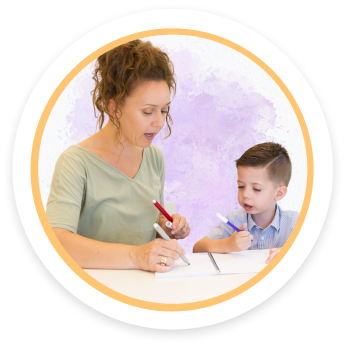

Hi, I'm Miss Charlotte!
Miss Charlotte is an Education Director by trade, and a mom by heart. All 200+ of our DIY projects were created by Miss Charlotte, with the help of her expert DIY assistant—Her 4 year old daughter! With a MST degree in Early Childhood Education and 15 years of teaching experience, her blogs and DIY projects have been an incredible resource for our Playgarden Prep schools. We hope that your family loves them as much as we do!

